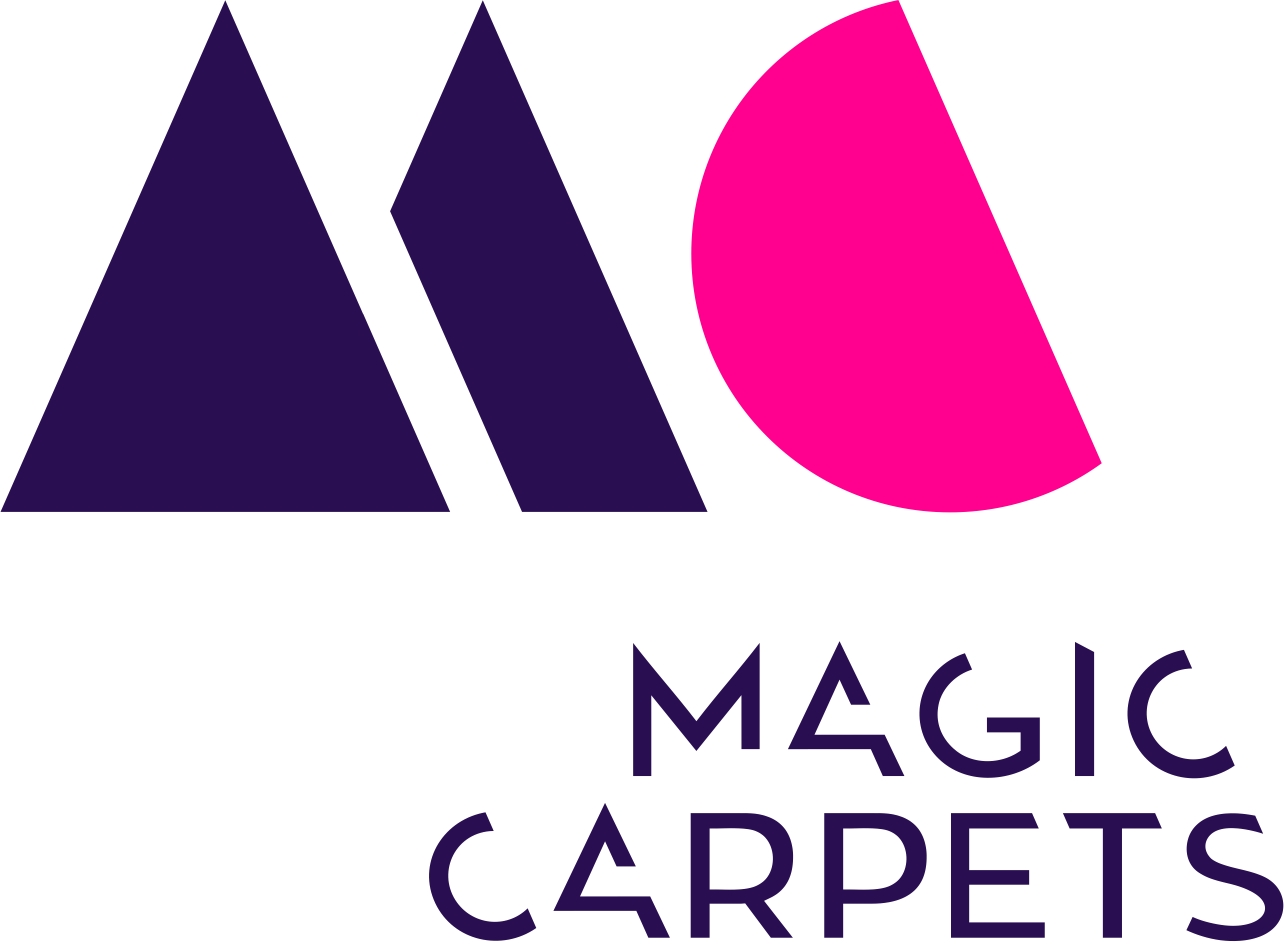Let’s start with some questions. R+ + you = what? What would you do for dopamine? What goes on in your head? What goes on in your teenager’s head? The last question was focus of workshops run by artist Jim Lockey, and the culmination was What Goes on in Your Head?, an installation and talk on behaviour and the brain.
The installation presented a range of answers to this question from the teenagers that took part. The art and words they created ranged from the direct and light-hearted to the profound. The installation aimed to show that when we ask a teenager this directly, or in the form of an exasperated rhetorical monologue, the answer is more complicated than you might think.
Tracy Mapp, an expert in the field of behaviour management, built on this with research about the growing teenage brain, paying particular attention to several areas. The first was the relationship between a person’s behaviour and the behaviour of those around them. The second was on dopamine and a teenager’s high senstivitity to it, as well as its implications for behaviour. What Goes on in Your Head?also looked at the changing structure of a teenagers’ brain, at the process of synaptic pruning in operation that takes the brain from a child to an adult. Moving on to consider ways of changing behaviour, Mapp challenged the view of punishment as an effective technique and explored instead the power of positive reinforcement - otherwise known as R+. What Goes on in Your Head? explored behaviour; it’s origins, it’s influences and techniques to change it using science and experience.
- Dave Horn
Links relevant to this diagnosis:
Why Is Synaptic Pruning Important for the Developing Brain? – Scientific American
Swedish Speed-Camera Pays Drivers To Slow Down – Wired
Wild teenage behaviour linked to rapid cognitive change in the brain – Guardian
Kevin Becomes a Teenager – Harry Enfield and Chums (1994)





